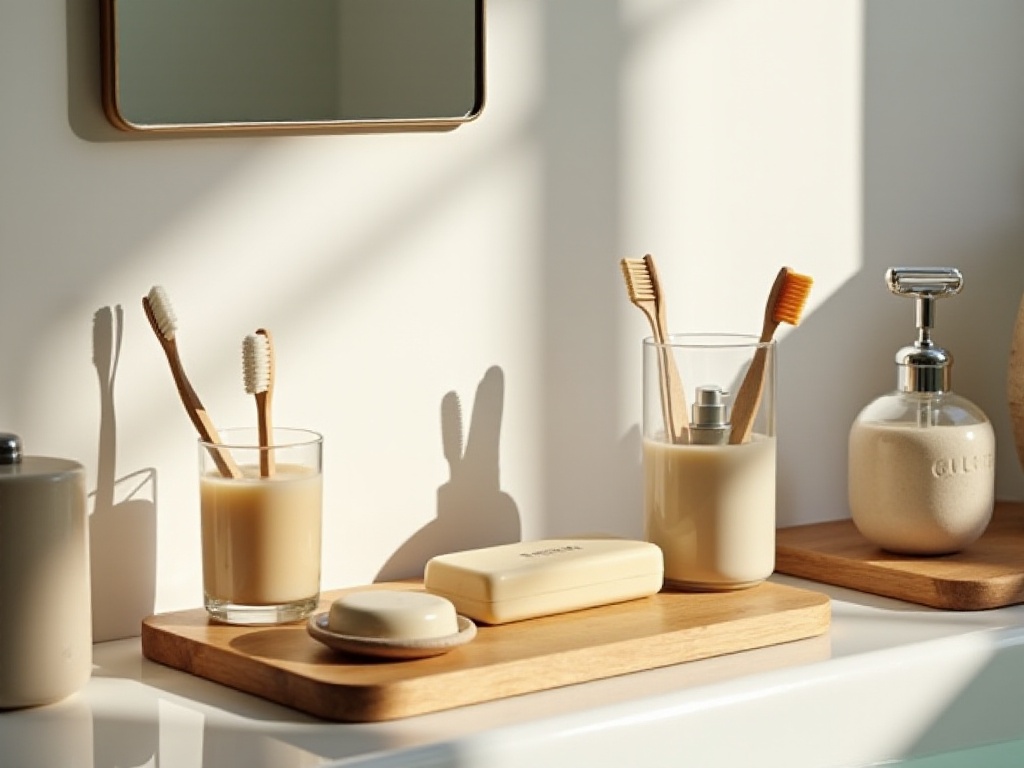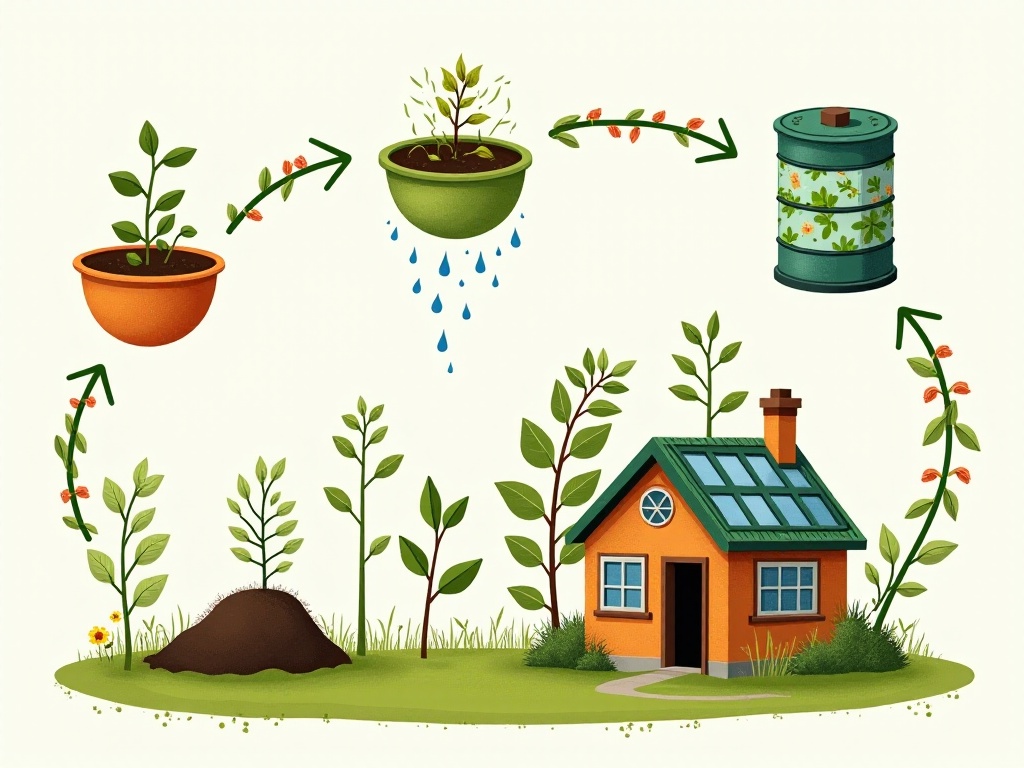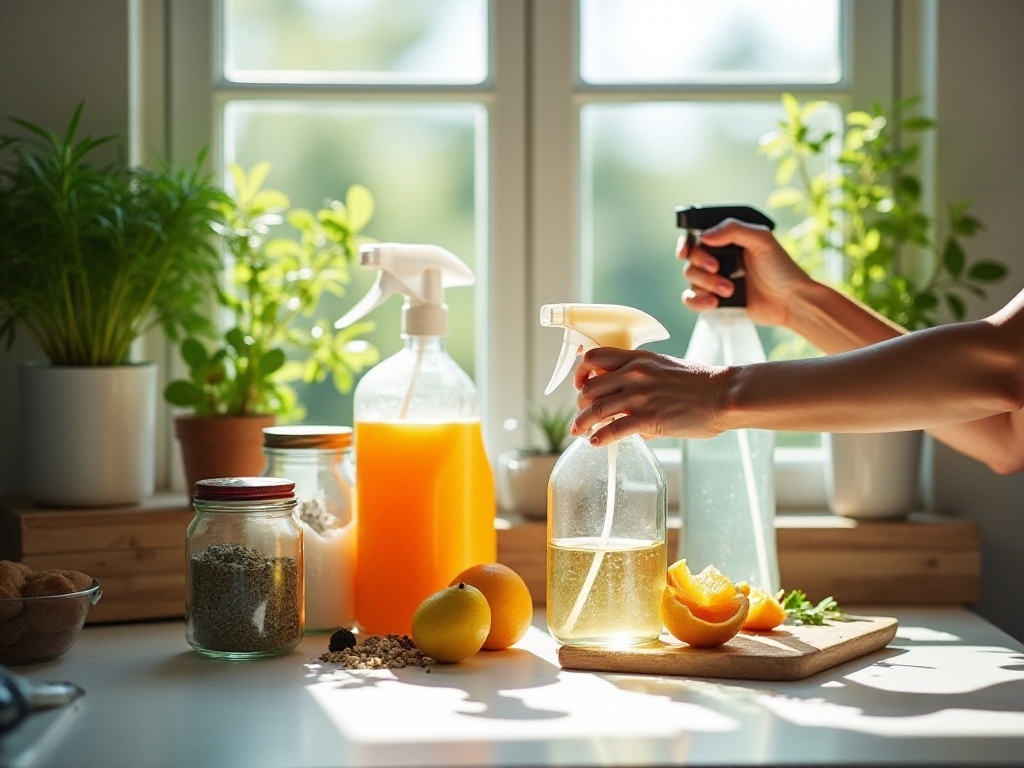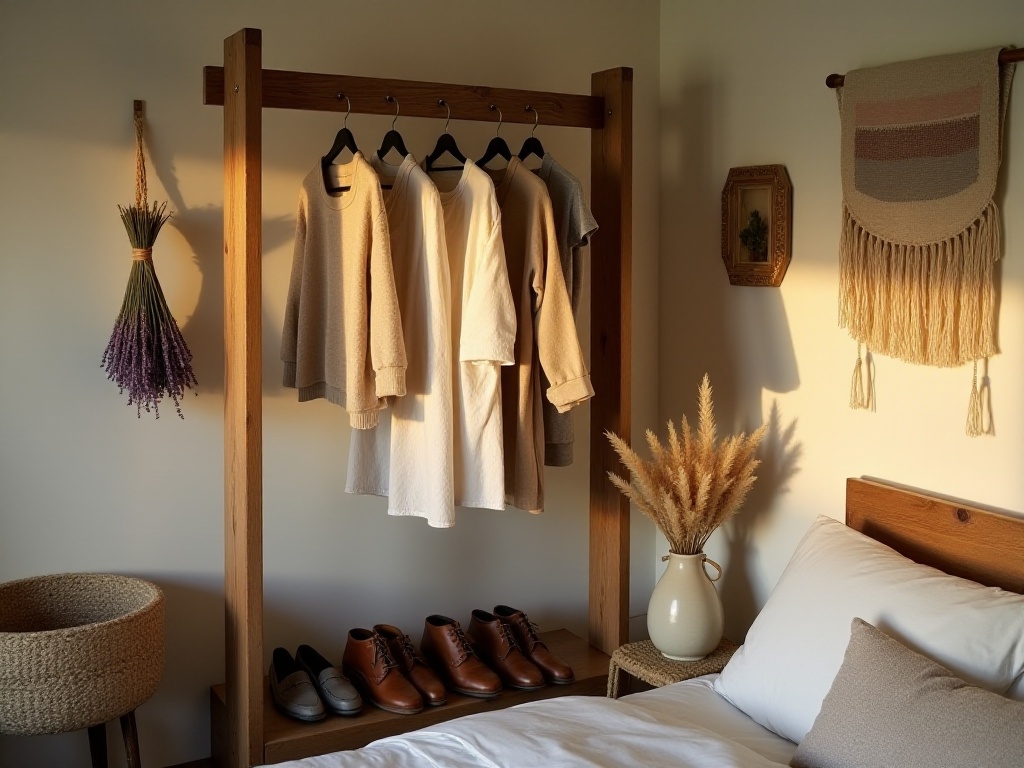Introduction
Every time I open the garbage can, I find myself deep in thought: where will all this trash end up? As someone born in the 90s, I used to be a complete "garbage generator." Takeout, deliveries, disposable items - I accepted them all without hesitation. Until one day, I came across a video about landfills on social media, and that moment deeply shocked me. Looking at mountains of garbage, I began to reflect on my lifestyle. That's how I started my journey into zero-waste living, and surprisingly, this path has not only made life more environmentally friendly but also brought many unexpected rewards.
Trash Audit
When I first tried zero-waste living, I did something my friends thought was crazy - a trash audit. For an entire week, I carefully documented everything I was throwing away. Every evening, I would spend time sorting and categorizing garbage, recording the source and quantity of each item. While this process was somewhat unpleasant, the results were astonishing.
It turned out that in our household waste, plastic packaging accounted for an amazing 65%. Upon careful calculation, takeout containers alone made up 25%, and various shopping bags accounted for 15%. What surprised me even more was that food waste constituted 25%. Those expired foods from overbuying and leftover meals that were thrown away all became part of this 25%. The remaining 10% consisted of paper products, broken items, and other garbage.
This audit was a wake-up call. I began to realize how environmentally unfriendly my consumption habits were. For instance, I would order takeout almost every day, and in one month, the takeout containers alone could fill up a large garbage bag. And those casually discarded plastic bags, if laid out, could probably cover the entire living room floor.

Gradual Progress
After discovering these issues, I didn't immediately take radical measures. After all, changing habits formed over many years overnight isn't realistic. I created a progressive transformation plan for myself that would span one year.
In the first month, I focused on reducing plastic bag usage. Before leaving home, I would always make sure to have several reusable shopping bags in my purse. I often forgot at first, but I made a rule for myself: if I forgot shopping bags, I had to carry items home without a bag. After several "painful" lessons, I finally developed the habit of always carrying shopping bags.
In the second month, I started bringing my own lunch. This change was not only environmentally friendly but also unexpectedly helped me save money. Previously, buying lunch near the office would cost 30-40 yuan, but now making my own lunch not only allows me to control ingredient quality but also keeps costs under 15 yuan per meal. Although it requires waking up half an hour earlier to prepare, considering it's both eco-friendly and healthy, this small effort seems worthwhile.
In the third month, I started composting. I placed a sealed compost bin on the balcony for fruit peels, vegetable leaves, tea grounds, and other kitchen waste. There were some odors at first, but after learning proper composting methods online, this problem was solved. Now every three months I can harvest quality organic fertilizer, perfect for growing flowers and vegetables.
From the fourth to sixth month, I turned my attention to personal care products. I replaced disposable cotton pads with reusable ones, chose solid shower gels and shampoo bars instead of liquid products in plastic bottles. These changes took some getting used to at first, but I gradually adapted. I also found that these sustainable choices are often more natural and gentle than traditional products.
By the seventh month, I started researching how to reduce food waste. I learned to shop sensibly based on household size, place perishable ingredients in visible spots in the refrigerator, and regularly check expiration dates. Gradually, expired food became rare in our home.
In the eighth and ninth months, I focused on clothing management. I learned how to repair clothes and give old clothes new life. For example, turning ripped jeans into fashionable shorts, or old T-shirts into shopping bags. This process not only developed my hands-on skills but also gave me a new perspective on "fast fashion."
From the tenth to twelfth month, I began paying attention to broader environmental issues. I participated in environmental organization activities and met like-minded friends. We participated in beach cleanups and community recycling activities together, and these experiences helped me deeply understand that environmental protection isn't just individual behavior but a social responsibility.
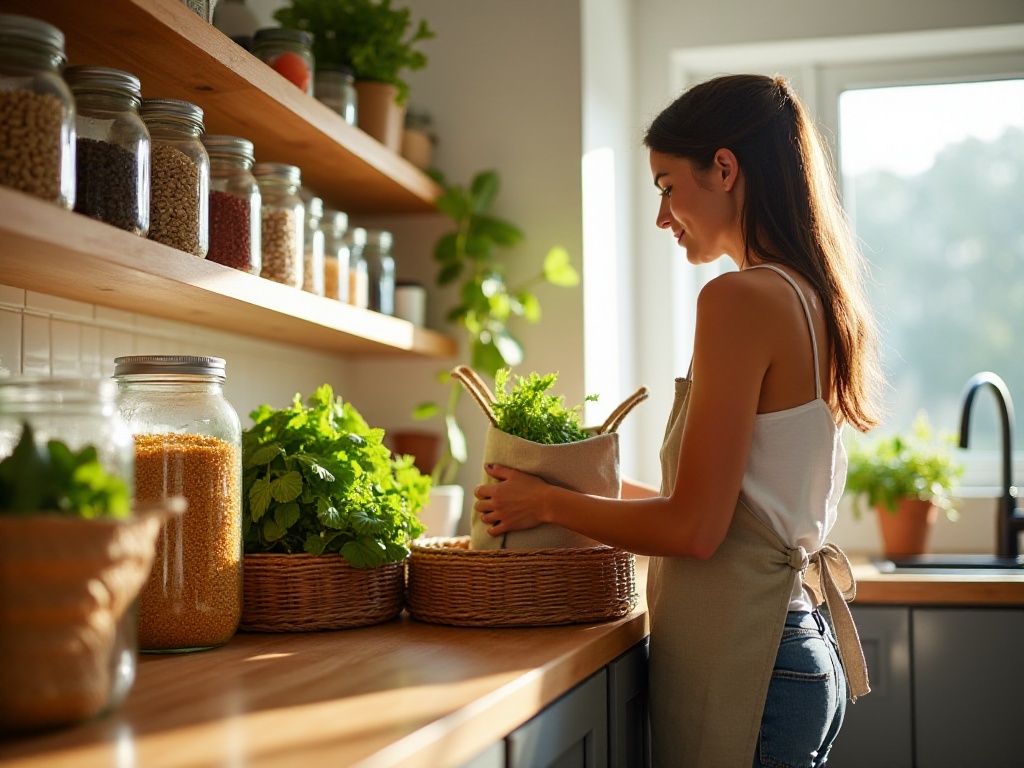
The 6R Principle
During my zero-waste living practice, I gradually mastered the "6R Principle," which became my daily behavioral guideline.
Speaking of "Refuse," I want to share an interesting experience. Last year, I participated in a month-long "refuse free promotional items" challenge. Initially, I worried about offending people, but later found that most people understand when you politely say "Thank you, I don't need it." Throughout that month, I successfully avoided at least 20 unnecessary items from entering my home. From promotional flyers to free samples, from disposable chopsticks to plastic bags, I learned to distinguish between what I really needed and what I could say "no" to.
Regarding "Reduce," I had a profound realization. Last year, I decided to control my shopping impulses and made a rule: whenever I wanted to buy something new, I would wait 24 hours before deciding. I discovered that many impulse purchase desires disappeared after 24 hours. This simple method helped me save money and avoid many unnecessary wastes. Especially with clothing purchases, I now strictly follow the "one in, two out" principle: buying one new piece of clothing means donating two old pieces. This practice not only controls closet capacity but also cultivated a more rational consumption view.
"Reuse" has helped me discover second lives for many items. The glass jars in my home have become "multi-taskers": pickle jars turned into pen holders, jam jars became vases, and soy sauce bottles transformed into cold water pitchers. I particularly enjoy collecting different-sized glass jars, which are neatly arranged in my kitchen storing various seasonings and dry goods, both practical and beautiful.
Talking about "Repair," it indeed requires some patience and skill. I remember once when my favorite canvas shoes started coming apart at the sole. In the past, I would have thrown them away without hesitation and bought new ones, but this time I decided to try fixing them myself. I bought special shoe repair glue online and followed video tutorials - the repair was completely invisible. Since then, my collection of small tools has grown: sewing supplies, patches, various glues... Although repairing things takes time, the satisfaction of fixing an item is priceless.
Regarding "Recycle," I think understanding the correct recycling methods is most important. I've made many mistakes, like not knowing that greasy paper boxes can't be recycled, or that plastic bags need to be tied in knots for recycling. Later, I set up a dedicated sorting area at home, collecting recyclables by category and taking them to the recycling station when enough accumulates. This is not only more efficient, but recycling station workers are also more willing to accept my recyclables.
Finally, let's talk about "Rot," or composting. This might be the most surprising aspect. I originally thought composting in the city would be troublesome, but actually, once you master the technique, there are no odor problems at all. My compost bin contains not just kitchen waste but also coffee grounds and tea leaves, which are excellent composting materials. Every time I turn the compost and see yesterday's kitchen scraps slowly transforming into nutrient-rich soil, it feels magical. Plants grown with this compost are especially vigorous - my balcony garden is the best proof.
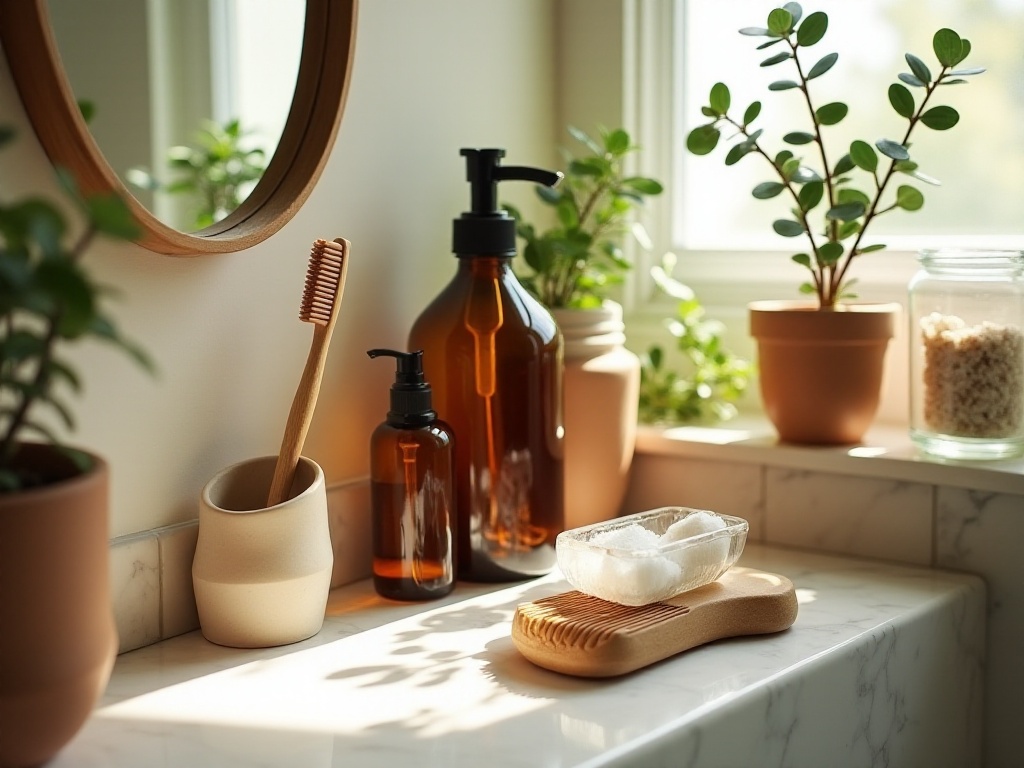
Shopping Insights
After such a long practice period, I've developed a complete zero-waste shopping strategy. First, preparing a carry-along "zero-waste shopping kit" is key. My kit includes:
A large canvas bag for main shopping items, medium-sized mesh bags specifically for fruits and vegetables, and small cloth bags for unexpected small purchases. These bags are all foldable and don't take up much space. I've also prepared several different-sized glass jars and stainless steel boxes for buying bulk foods. Worth mentioning is that I also prepared a dedicated thermos, so I don't need disposable cups when wanting coffee or tea outside.
Besides this basic equipment, I've developed some good habits. For example, making shopping lists in advance to avoid impulse purchases; choosing seasonal fruits and vegetables, which are not only fresh and cheap but also have less packaging; trying to buy bulk foods, which allows purchasing according to need while reducing packaging waste.
I've also found that many merchants actually support environmental concepts. They're usually willing to accommodate your own containers if you communicate with them proactively. Sometimes you can even get small discounts, like some coffee shops offering discounts to customers who bring their own cups.
During my practice of zero-waste shopping, I've truly felt the changes. Not only has the amount of garbage greatly decreased, but my home has also become more organized and orderly. Most importantly, this lifestyle has made me think more deeply about consumption, no longer blindly pursuing material enjoyment but focusing more on improving quality of life.
This year-plus of zero-waste living practice has not only changed my lifestyle but also my values. I've discovered that simplicity can be elegant, and environmental protection can be fashionable. Every small change contributes to helping the Earth. This feeling is really wonderful.


